Top Things to Know Before Buying a Tower Garden for Your Home
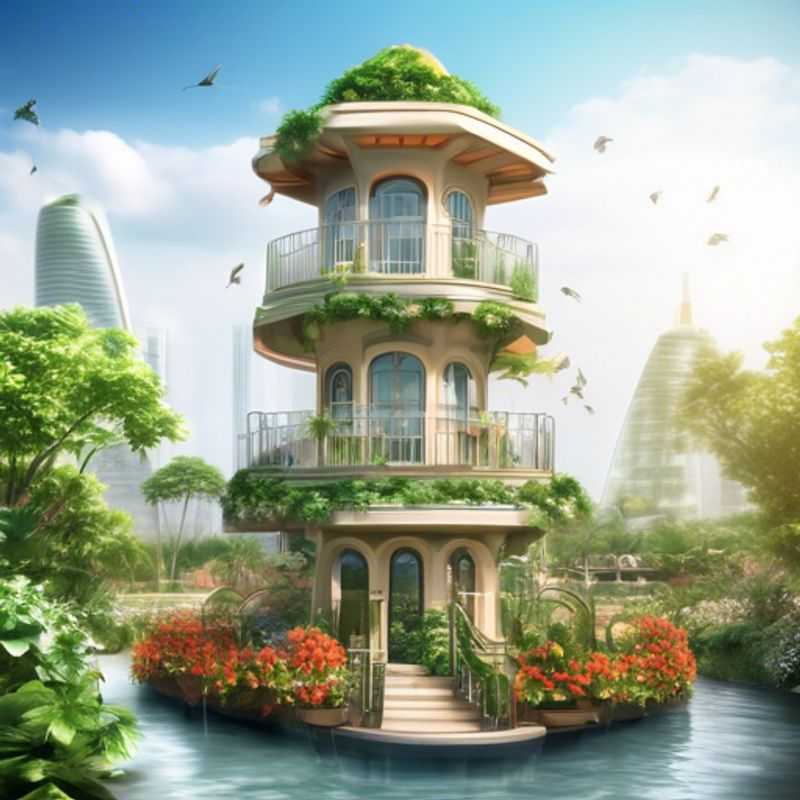
Top Things to Know Before Buying a Tower Garden for Your Home
Hey there, fellow gardening enthusiasts! If you're thinking about bringing a Tower Garden into your home, you're in for a treat. It's a fantastic way to grow fresh, delicious produce right in your kitchen, but before you jump in, there are a few things to know to ensure a successful and enjoyable experience.
First, let's dive into the different Tower Garden models. There are several options available, each with unique features and sizes. Researching these models and their capabilities is crucial. Consider factors like the number of plants you want to grow, the space you have available, and your budget. You want to find the model that's a perfect match for your needs.
Speaking of space, it's important to consider the physical dimensions of the Tower Garden. Measure your kitchen or designated growing area to ensure you have enough room to accommodate the unit comfortably. This will prevent any cramped conditions and allow for easy access and maintenance.
Next up, let's talk power and water. Tower Gardens require both, so it's essential to ensure your home can handle them. Check the power requirements of the model you're interested in and confirm if you have an accessible outlet nearby. The same goes for water – you'll need a constant source to keep your plants thriving.
Now, let's explore the exciting world of plants! Tower Gardens offer a diverse range of options, allowing you to grow various herbs, vegetables, and even fruits. Take some time to learn about the types of plants that can be cultivated in a Tower Garden and select the ones that excite you. Consider your culinary preferences and what you like to eat – you're more likely to enjoy the experience if you're growing plants you'll actually use.
While Tower Gardens are designed for easy maintenance, understanding the basic care requirements is vital. Familiarize yourself with tasks like water monitoring, nutrient replenishment, and light adjustments. You'll need to allocate some time for these activities to ensure your plants flourish.
Before you dive into the world of Tower Gardening, it's wise to check any local regulations or restrictions that might apply. Some areas may have specific rules regarding indoor gardening or the use of water, so it's best to be informed and compliant.
Last but not least, let's talk about the costs. Tower Gardens are an investment, so it's important to estimate the overall expense. Consider the initial cost of the unit, the ongoing expenses for nutrients, electricity, and any replacement parts. Having a realistic understanding of these factors will help you budget effectively and ensure a smooth transition into Tower Garden ownership.
Remember, with a little research and planning, you'll be well on your way to enjoying a bountiful and flavorful harvest from your very own Tower Garden. So go forth, cultivate your passion for gardening, and let your green thumb shine!
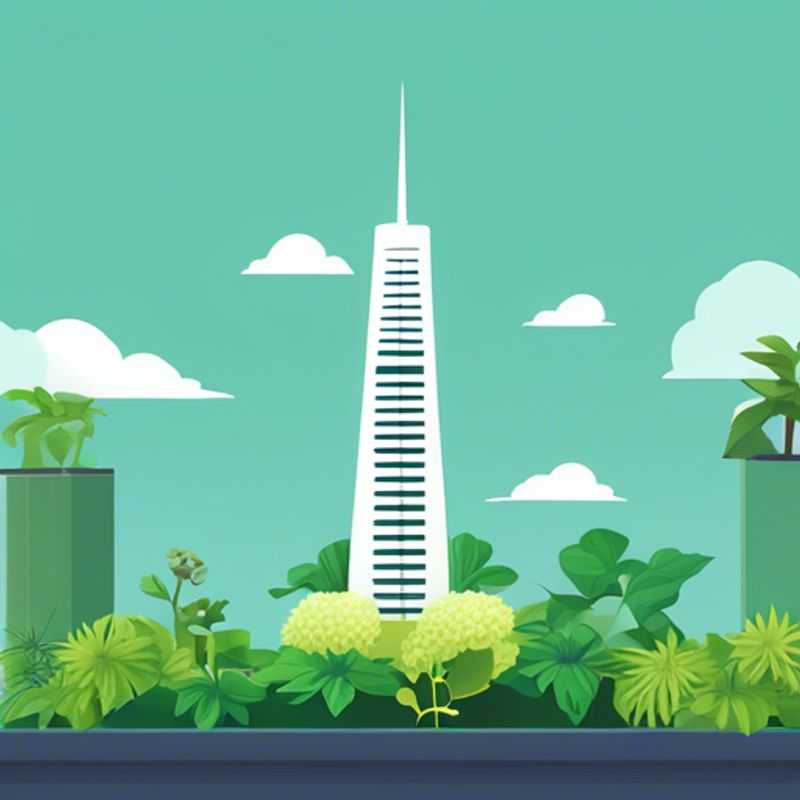
Choosing the Right Tower Garden: A Guide to Models and Features
Choosing the right Tower Garden model depends on your space, budget, and gardening goals. Here's a quick guide to help you decide:
Tower Garden Original: This is the classic model, offering a vertical, space-saving solution for growing up to 20 plants. It's a great starting point for beginners and those with limited space.
Tower Garden Flex: This model is designed for smaller spaces and offers a compact solution for growing up to 10 plants. It's perfect for balconies, apartments, or smaller gardens.
Tower Garden XL: This model is ideal for those wanting to grow a larger variety of plants. It can accommodate up to 36 plants and is perfect for families or those with a larger growing space.
Tower Garden Connect: This model is similar to the Original but offers a connected experience with its app for monitoring plant growth and receiving personalized care recommendations. It's an excellent option for tech-savvy gardeners.
When making your decision, consider these factors:
Space: The Tower Garden Original and XL models require a larger footprint compared to the Flex.
Budget: The Tower Garden Flex is generally the most affordable option, while the XL is the most expensive.
Plant selection: The Original and XL offer more growing space for a greater variety of plants. The Flex is ideal for smaller crops and herbs.
Technology: The Connect model offers app integration for monitoring and control.
Remember to research each model's features and specifications carefully. Check for optional accessories like plant pods, nutrient solutions, and grow lights to enhance your growing experience.
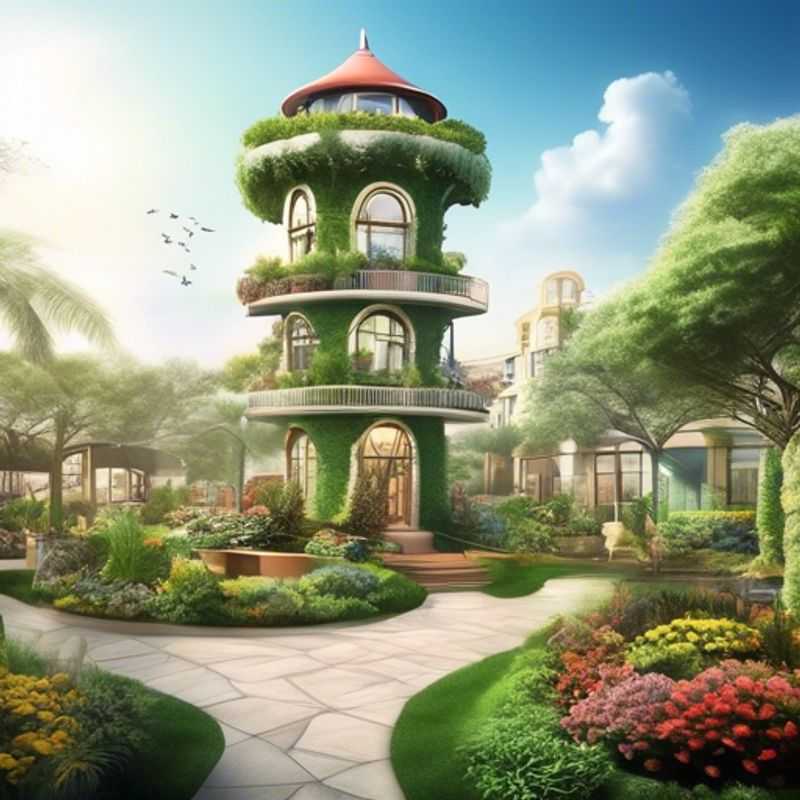
Size Matters: Choosing the Right Tower Garden for Your Space
Choosing the right tower garden size for your home is essential for maximizing its potential and making sure it fits seamlessly into your space. Consider these factors:
Space Available: Measure the area you're considering. Tower gardens come in various sizes, with options ranging from compact models suitable for small spaces to larger ones that can accommodate more plants. Consider your available floor space and height clearance.
Number of Plants You Want to Grow: The number of plants you intend to grow will determine the size you need. Tower gardens with multiple growing levels can handle a larger number of plants, while smaller models are perfect for starting out or growing specific herbs and vegetables.
Your Budget: Tower garden prices vary depending on the size, features, and brand. Determine your budget upfront to narrow down your choices and find a model that fits your financial constraints.
Ease of Use: Some tower gardens have features that make them easier to use, such as adjustable height levels, self-watering systems, and integrated lighting. Consider these features to make your tower garden experience more enjoyable.
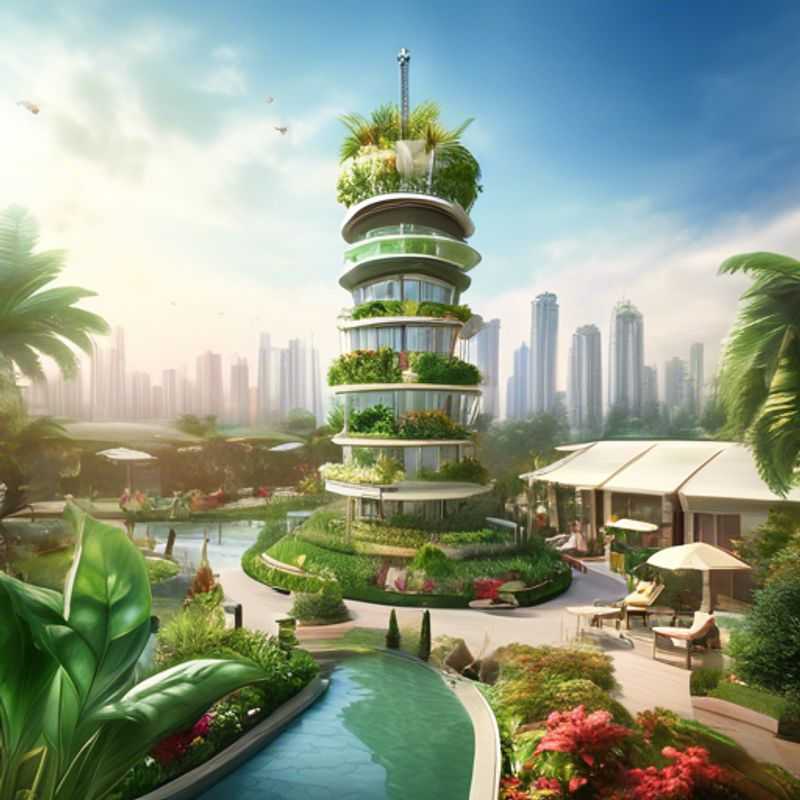
Tower Garden Power and Water: Understanding Your Needs
Understanding the power and water requirements for your tower garden is essential to ensure its success and sustainability in your home. To start, a typical tower garden system requires a power source, usually around 60-100 watts, to operate the grow lights and pump. Ensure that your electrical outlets can safely accommodate this requirement.
In terms of water, a tower garden generally needs about 20-30 gallons of water per week, depending on the number of plants and environmental conditions. It's crucial to have a reliable water source and a drainage system to prevent overflow and water waste.
When planning for installation, consider the following paid activities that may arise: purchasing a water filtration system to ensure clean water for your plants, investing in energy-efficient grow lights to reduce electricity costs, and possibly hiring a professional for setup and regular maintenance.
Lastly, always check local regulations regarding water usage and electrical installations to ensure compliance and optimize your garden's performance.
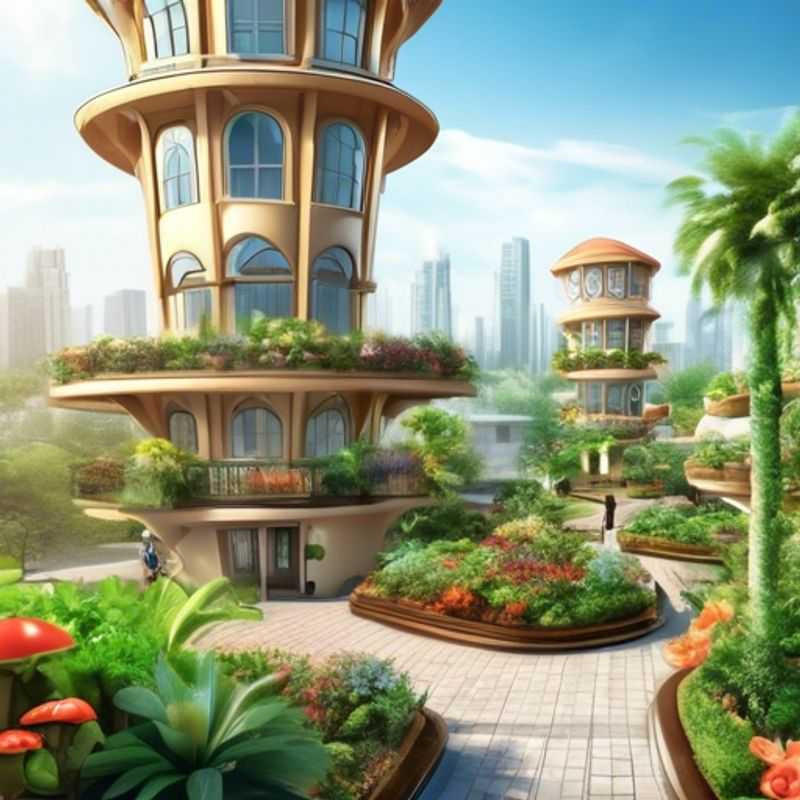
Tower Garden Plant Power: Choosing the Perfect Greens for Your Vertical Oasis
Tower gardens, vertical hydroponic systems, are awesome for growing a variety of plants in limited space! Think herbs, leafy greens, vegetables, and even some fruits!
Here's a quick breakdown of what thrives in a tower garden:
Herbs: Basil, cilantro, mint, oregano, parsley, rosemary, thyme.
Leafy Greens: Lettuce, spinach, kale, arugula.
Vegetables: Tomatoes (cherry or grape varieties are ideal), peppers (bell, chili, jalapeño), cucumbers, strawberries, radishes, carrots.
Important Tip: Not all plants are created equal for tower gardens. Choose varieties that are compact, fast-growing, and don't require a ton of space.
Consider these factors when choosing:
Sunlight: Some plants need more sun than others. Check the plant labels or do a quick online search.
Growth Habits: Tower gardens excel with vining or trailing plants, like strawberries or cucumbers. Avoid plants that get too tall or bushy.
Water Needs: Plants in tower gardens are very dependent on the hydroponic system. Choose varieties that are consistently watered and don't have extreme water requirements.
Your Preferences: What do you love to eat? Choose plants that you'll actually enjoy growing and harvesting!
Enjoy your tower garden journey!
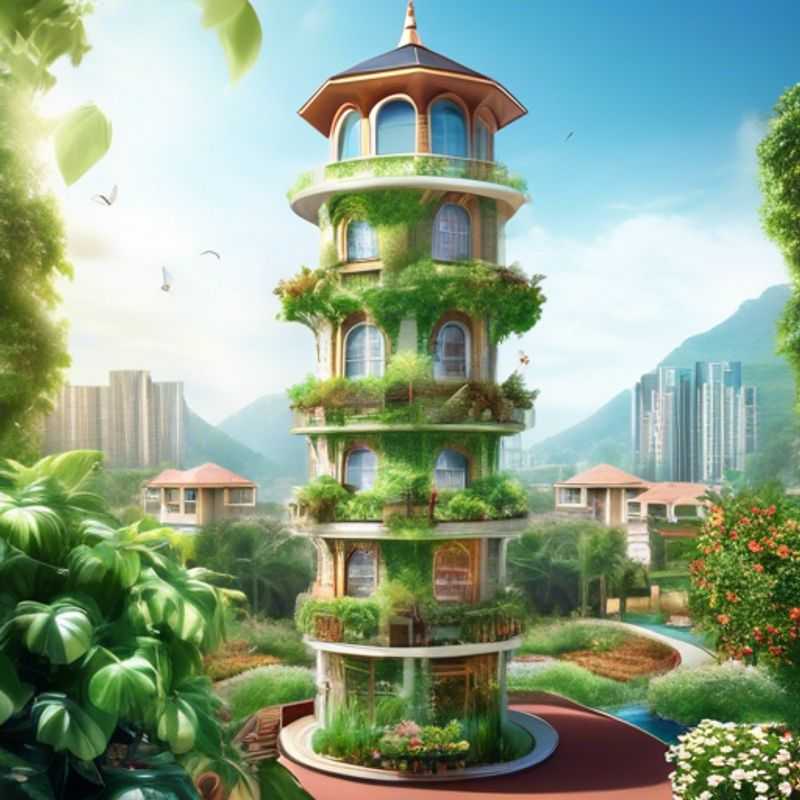
Tower Garden Care: Keeping Your Plants Thriving
Tower gardens are a great way to grow fresh produce at home, but they require some care and maintenance to thrive. One of the most important things to do is to monitor the water levels and nutrient levels in the reservoir. The water level should be checked daily and topped off as needed. The nutrient solution should be replaced every few weeks, depending on the type of nutrients you are using.
It’s important to use the correct type and amount of nutrients for the plants you’re growing. Too much or too little nutrient can lead to problems like nutrient deficiencies or nutrient burn. If you are using a pre-mixed nutrient solution, make sure to follow the instructions on the label.
You can also use a water quality meter to check the pH and EC (electrical conductivity) of the water. These factors can affect how well the nutrients are absorbed by the plants. You should adjust the pH and EC as needed.
To prevent algae growth, it's important to clean the reservoir and pump regularly. You can also add a few drops of hydrogen peroxide to the water every few weeks to help control algae.
It's also important to monitor your plants for signs of disease or pests. If you notice any problems, you should take steps to treat them promptly. You can use a mild soap solution or insecticidal soap to control pests, and you can use a fungicide to control diseases.
By following these tips, you can keep your tower garden healthy and productive for years to come.
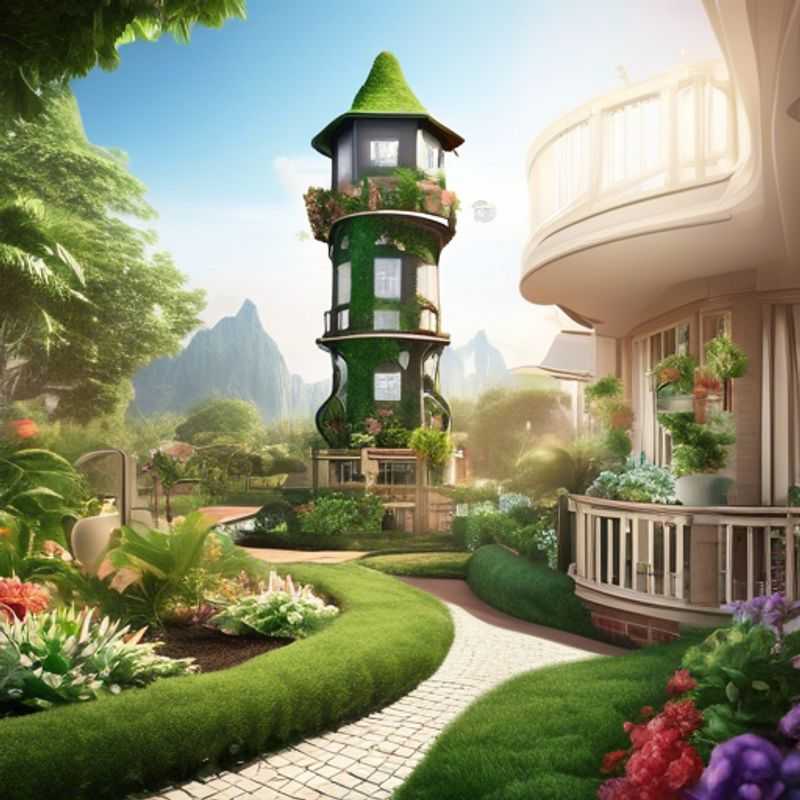
Green Thumbs Up: Checking Local Regulations for Your Tower Garden
When considering setting up a tower garden, it's crucial to explore local regulations and restrictions that may apply in your area. These regulations can vary widely based on your location, including city, county, and state laws. Common factors to investigate include zoning laws, which dictate where you can place your garden, and any homeowners association (HOA) rules that may restrict outdoor gardening activities.
Additionally, check for any building permits required for the installation of larger structures. Some areas may also have specific water usage restrictions or guidelines regarding the use of fertilizers and pesticides that you should adhere to. It’s wise to consult with local agricultural extension offices or environmental agencies for detailed regulations.
Lastly, consider any potential costs associated with compliance, such as permit fees or inspections, when planning your tower garden project. This proactive approach can help ensure that your gardening efforts are both legal and sustainable.
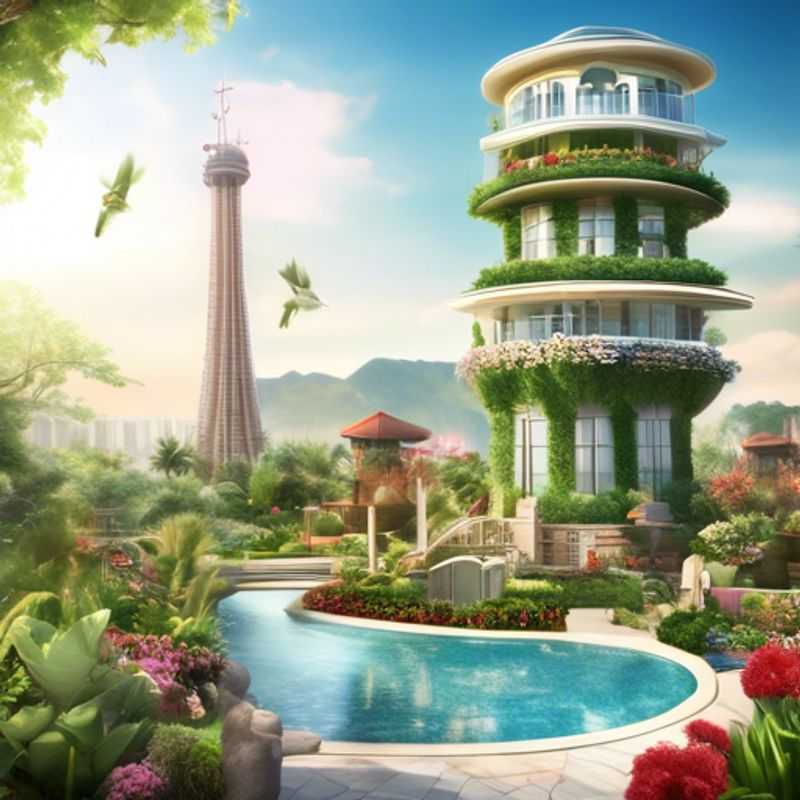
Tower Garden Costs: A Deep Dive into Initial Investment and Ongoing Expenses
A Tower Garden is a vertical hydroponic gardening system that allows you to grow your own produce indoors or outdoors. They are a popular choice for those who want to grow their own food in a space-saving way and who are looking for an alternative to traditional gardening methods.
The cost of a Tower Garden can vary depending on the model and features you choose, but in general, you can expect to pay between $500 and $1,000 for the initial investment.
This includes the cost of the Tower Garden system, lights, and growing media. You will also need to purchase seeds or seedlings to start your garden.
Ongoing operating expenses for a Tower Garden are relatively low and include the cost of water, electricity, nutrients, and replacement parts. Here are some of the factors that can affect the cost of a Tower Garden:
The size of the system: Larger systems will naturally cost more than smaller systems.
The features included: Some models include features like LED lights, automatic watering systems, and nutrient dispensers. These features can increase the cost of the system.
The location of the system: Indoor systems may require the purchase of additional equipment, such as grow lights.
The type of plants you grow: Some plants are more expensive to grow than others, such as herbs.
Your level of experience: Beginners may need to purchase additional supplies or seek out professional help.
